
The Guided-missile destroyer USS John S. McCain (DDG 56) is moored pier side at Changi naval base in Singapore following a collision with the merchant vessel Alnic MC Monday, Aug. 21, 2017. The USS John S. McCain was docked at Singapore’s naval base with “significant damage” to its hull after an early morning collision with the Alnic MC as vessels from several nations searched Monday for missing U.S. sailors. (Grady T. Fontana/U.S. Navy photo via AP)
The US Pacific Fleet suffered a string of disasters over the summer. First, the USS Fitzgerald was rammed by a civilian container ship while en route to Yokosuka, Japan with the loss of seven dead. Then the USS John S. McCain was rammed by a civilian tanker in the Straits of Malacca killing ten sailors. The accidents seem inexplicable. The ships were underway and were rammed despite all the electronic gadgetry that is aboard an Aegis-equipped destroyer and the presence of human lookout. The Navy seemed to think there was a problem as the command team on both destroyers, the commander of the destroyer squadron, the commander of the carrier task force, and the fleet commander were all relieved (see multiple posts).
Now the accident reports have been released and they paint a damning picture of the state of discipline aboard the two ships.
General
In both incidents, sailors on the bridge failed to sound a ship-wide alarm notifying the crew of danger, which is a standard Navy procedure.
Ships at sea must sound five short blasts of the ship’s whistle to alert the crew and the other ship of a coming collision. That did not occur in either collision. Neither the crew members below deck nor the other ships involved had any warning from the Navy that their ships were headed for disaster, the reports found.
Also, neither bridge’s watch standers sought to make bridge-to-bridge radio communication with the approaching ship, which is also a standard Navy procedure.
USS Fitzgerald
In the case of Fitzgerald, the officer of the deck failed to notify the ship’s captain that the destroyer was closing with the Crystal despite standing orders requiring it…
At one point, the Fitz crossed the bow of an oncoming merchant ship at a range of less than 650 yards — fewer than four ship-lengths — but the officer of the deck never informed the captain, a violation of standing orders that requires the skipper to be summoned to help oversee hazardous conditions…
Meanwhile, down in the Fitzgerald’s combat information center, which displays inputs from the ship’s weapons systems and radars, the watch standers there failed to “tune and adjust their radars to maintain an accurate picture of other ships in the area,” the report found. That means CIC failed to track the multiple ships exiting the channel.
The Fitzgerald’s watch-standers also failed to use the Automated Identification System, a publicly accessible computer program that provides real-time updates on the location and speed of merchant ships in the area.
Fitzgerald’s lookouts failed as well, with the investigation indicating the sailor or sailors assigned to look out for hazards were literally looking the other way the whole time.
For better or for worse, the Fitzgerald’s skipper was asleep in his bunk when the collision occurred.
USS John S. McCain
The failures on McCain began hours before accident.
…
[Cmdr. Alfredo Sanchez] ordered the crew to set sea and anchor detail (as explained this is full manning of navigation positions) at 6 a.m. instead of an hour prior, when the ship entered the shipping lane heading into the Strait of Malacca. The ship’s operations officer, executive office and navigator had all recommended the ship set sea and anchor at 5 a.m. for safety reasons.The critical failure came when the current was pushing the ship left and Sanchez noticed the helmsman — usually a junior sailor charged controlling the ship’s steering and speed when ordered by the officer of the deck or conning officer — was having trouble keeping the ship on course.
The master helmsman who would perform these tasks during a sea and anchor detail was still in the chow line at the time.
Keep in mind that during the entire period that followed, the ship’s commander was on the bridge overseeing the navigation. I would shorten this part but I can’t find anything that can be left out without taking away from what happened on the McCain’s bridge.
At 5:20 a.m., Sanchez ordered a second watch-stander to help run the controls to steer the ship, letting the helmsman keep control of the rudder while giving the second watch-stander control of the speed and position of the ship’s two propellers — a position known as the lee helm.
Putting two sailors at the separate positions required changing the ship’s steering configuration and shifting control of engine propeller speed to another part of control console.
But changing the control mechanisms immediately led to confusion because they mistakenly shifted all of the controls — both rudder and engine speed — to the second console.
As a result, the helmsman could no longer control the steering. He initially believed he had lost steering due to a mechanical failure, when in fact, he was just confused about the configuration of the equipment.
Four minutes before the collision, confusion began to run wild on the bridge while watch-standers attempted to fix a nonexistent loss of steering.
Complicating the situation further, changing in steering configurations forced the rudder to revert to a center line position, releasing the previous position that was set to the right between one and four degrees to fight the current that was pushing the ship left.
With the rudder unintentionally set to center line, the current continued to push the ship left of track.
During the confusion, when the bridge thought they had lost control of steering, the commanding officer ordered the engine to slow the ship’s speed from 20 knots to five. But the sailor at the console controlling the speed of the two propellers only slowed the port shaft to five knots, while the starboard shaft was still turning at 20 knots, abruptly pushing the ship sharply to the left and into the track of the Alnic MC for more than a minute.
An officer on the bridge ordered the steering controls to be shifted to a space near the rear of the ship that can also control steering, known as aft steering. But that was not yet manned due to Sanchez’s decision to man sea and anchor at 6 instead of 5 a.m.
The McCain’s steering configuration was changed five times in the roughly three minutes before the collision, according to the Navy report.
By the time the aft steering was manned and the sailor on the bridge fixed the speed issue that was forcing McCain left of track, it was too late.
There is no way of describing what happened in either case other than a catastrophic failure of command. Aboard the Fitzgerald, basically, nothing was done that needed to be done. On the McCain, an over concern for crew comfort in failing to order “sea and anchor” manning, led to critical tasks not being accomplished as the McCain careened through crowded shipping lanes. It is difficult to square either of these reports with anything other than a dysfunctional chain of command at the commissioned officer and chief petty officer levels.
These two ships represent two of the eight destroyers assigned to the USS Ronald Reagan carrier strike group. Another of these ships, the Aegis cruiser–a vital link in the anti-ballistic missile shield against North Korea–USS Shiloh recently became famous for the incredibly bad command climate survey of the ship:
It’s only a matter of time before something horrible happens,” one shipmate warned.
“Our sailors do not trust the CO,” another noted.
It’s a “floating prison,” one said.
“I just pray we never have to shoot down a missile from North Korea,” a distraught sailor lamented, “because then our ineffectiveness will really show.”
These comments come from three command climate surveys taken on the cruiser Shiloh during Capt. Adam M. Aycock’s recently-completed 26-month command. The Japan-based ship is a vital cog in U.S. ballistic missile defense and the 7th Fleet’s West Pacific mission to deter North Korea and counter ascendant Chinese and Russian navies.
These comments are not unique. Each survey runs hundreds of pages, with crew members writing anonymously of dysfunction from the top, suicidal thoughts, exhaustion, despair and concern that the Shiloh was being pushed underway while vital repairs remained incomplete.
Frequently in focus is the commanding officer’s micromanagement and a neutered chiefs mess. Aycock was widely feared among sailors who said minor on-the-job mistakes often led to time in the brig, where they would be fed only bread and water.
Indeed, it is the last graf that made me think of the Fitzgerald’s accident report. What could convince an officer of the deck to not wake the captain? And what could cause a complete breakdown of situational awareness? The obvious first place to look is a commanding officer that is on the micromanager-to-tyrannical part of the leadership spectrum. Or a ship that is so lax that there are no rules.
The next phase will be formal investigations with the goal of determining if courts-martial are appropriate. Given these reports, it is a safe bet that there will be.
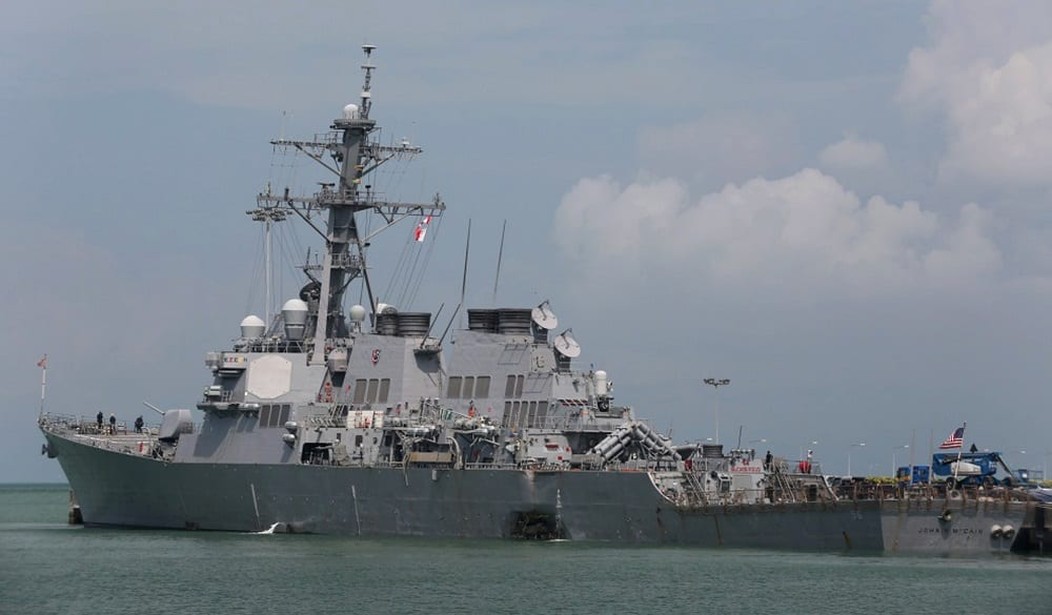
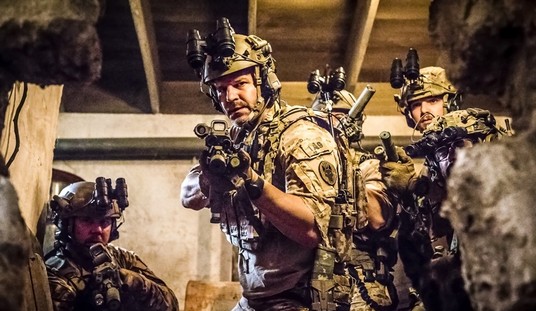
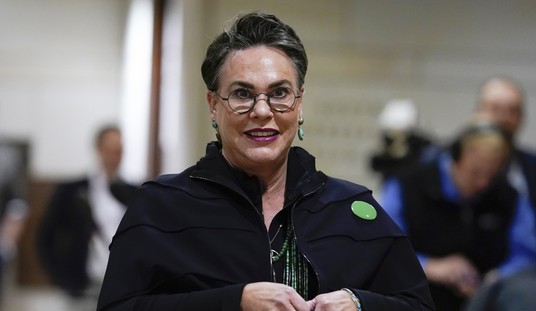

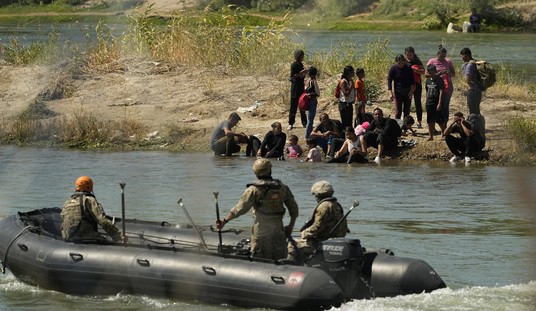

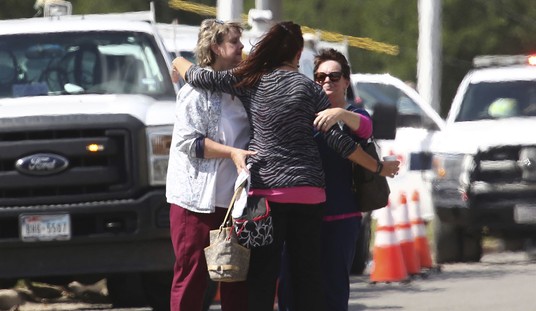






Join the conversation as a VIP Member